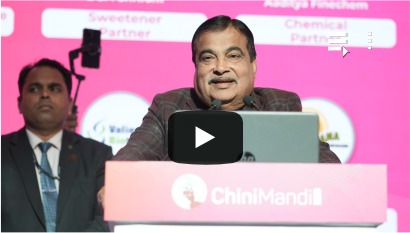New Delhi : The fiscal cost of the government’s proposed Goods and Services Tax (GST) rate rationalisation will remain manageable, according to a UBS report, which estimates the revenue loss to be about Rs. 1.1 trillion annually, or 0.3 per cent of GDP.
For the financial year 2026, UBS noted that the estimated revenue loss of Rs. 430 billion (0.12 per cent of GDP) would be offset by surplus cess collections and a higher-than-budgeted dividend transfer from the Reserve Bank of India.
The report highlighted that a cut in GST has the potential to create a stronger impact on consumption compared with personal income tax or corporate tax cuts. This is because GST directly affects spending at the point of purchase. Citing a study by the National Institute of Public Finance and Policy, UBS showed that the GST multiplier stands at -1.08, higher than the multipliers for personal income tax (-1.01) and corporate tax (-1.02).
In the Independence Day speech from the ramparts of the Red Fort, Prime Minister Narendra Modi announced upcoming next-gen GST reforms before Diwali so as to benefit consumers, small industries and MSMEs.
Soon after, the Finance Ministry laid out its proposal of a simplified two-tier GST system built on the three pillars of structural reforms, rate rationalisation, and ease of living.
Earlier this week, sources said that the Central government has proposed to scrap the current slab of 12 per cent and 28 per cent of GST rates and keep only 5 per cent and 18 per cent GST rates.
Government sources said as part of the initiative, 99 per cent of 12 per cent slab are proposed to move in 5 per cent slab and 90 per cent of items in 28 per cent slab are proposed to move in the 18 per cent slab.
The sources said that the proposal will be studied by the GoM and a meeting of the GST Council is likely to be held in September-October to consider the proposal.
Items currently taxed at 12 per cent may move down to 5 per cent, while goods in the 28 per cent category are likely to shift to 18 per cent. “Luxury and sin goods (latter includes cigarettes, other tobacco products, carbonated drinks, high-end automobiles, and intoxicants) will be taxed at a higher ‘special slab rate’ of 40 per cent),” the report stated.
Sectors such as processed foods, garments, footwear, construction materials, tractors, hotels, and two-wheelers stand to gain from the removal of the 12 per cent slab.
Additionally, the compensation cess of Rs. 1.7 trillion, which was initially levied to cover state revenue shortfalls, will end ahead of the March 2026 deadline as related loans are repaid. This, UBS said, will create fiscal room for the government to align GST rates within the new structure.
UBS also noted that lowering GST rates would have a deflationary effect, easing inflationary pressures and opening the door for further monetary policy support. With inflation remaining soft, the repo rate could fall into the 5.0-5.25 per cent range, with space for an additional 25-50 basis points cut in the remainder of FY26. (ANI)

















